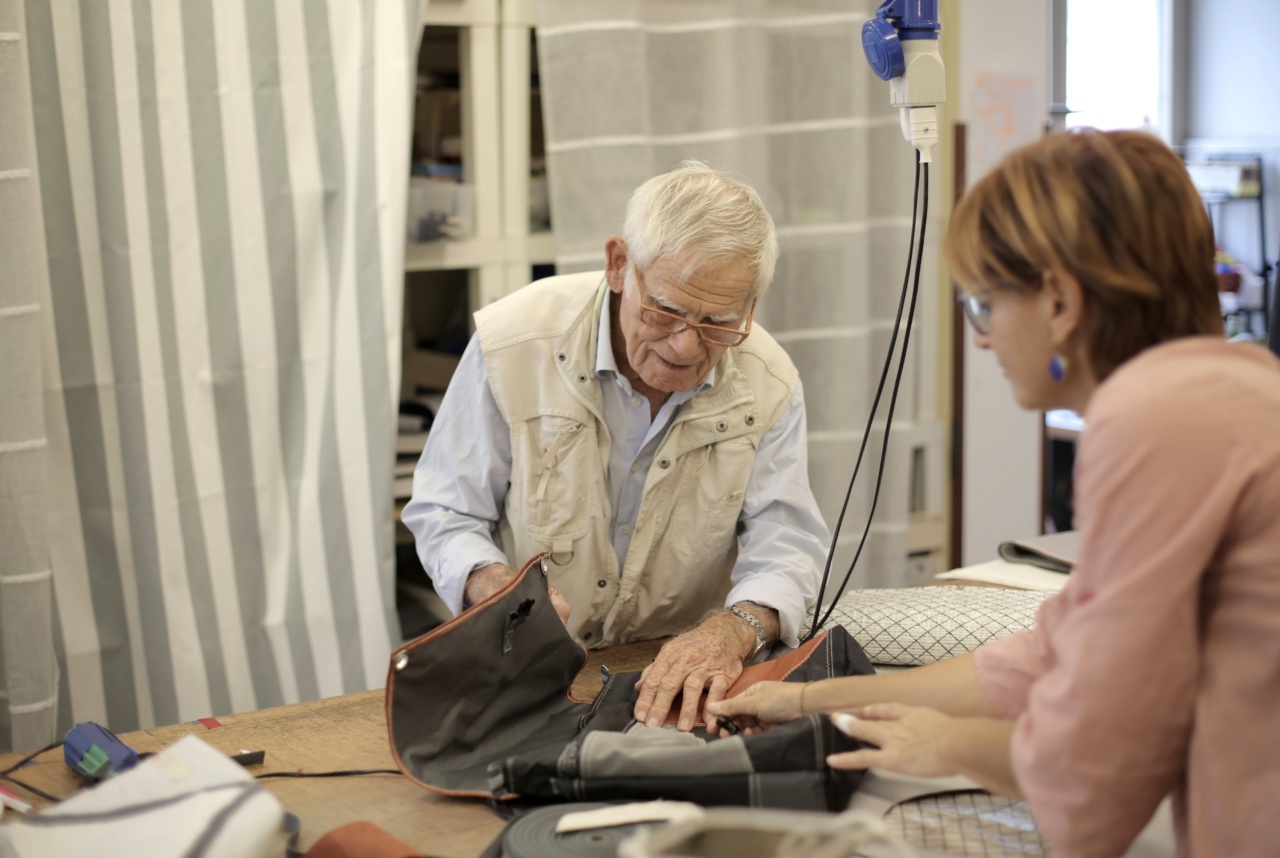Falls are a common cause of injuries among the elderly population, often resulting in hospitalizations, complications, and reduced quality of life.
While both elderly men and women are at risk of falling, research suggests that elderly men are more vulnerable to fall-related injuries. Several factors contribute to this increased vulnerability, including age-related changes, medical conditions, lifestyle choices, and environmental factors.
This article explores the key factors that make elderly men more susceptible to fall-related injuries.
1. Age-Related Changes
As men age, their physical abilities and overall strength tend to decline. Muscle weakness, reduced bone density, diminished balance, and compromised vision are some age-related changes that increase the risk of falls and fall-related injuries.
2. Chronic Medical Conditions
Elderly men often suffer from chronic medical conditions such as heart disease, diabetes, arthritis, and neurological disorders. These conditions can affect mobility, balance, and coordination, making falls more likely.
3. Medications
Many elderly men require multiple medications to manage their medical conditions. Certain medications, such as sedatives, anti-depressants, and anti-hypertensives, may cause dizziness, drowsiness, or lightheadedness, increasing the risk of falls.
4. Lack of Physical Activity
Sedentary lifestyles and lack of regular exercise can lead to muscle weakness, poor balance, and decreased flexibility among elderly men. These factors significantly increase the likelihood of falls and fall-related injuries.
5. Impaired Vision
Vision problems, such as impaired depth perception and peripheral vision, become more common as men age. These visual impairments make it difficult to detect tripping hazards or obstacles, increasing the risk of falls.
6. Alcohol Consumption
Excessive alcohol consumption, especially when combined with age-related changes and medication use, can impair coordination, balance, and judgment. This significantly raises the risk of falls among elderly men.
7. Environmental Hazards
Environmental factors play a significant role in fall-related injuries among elderly men. Slippery or uneven surfaces, inadequate lighting, cluttered walkways, and lack of handrails all contribute to an increased risk of falls.
8. Cognitive Impairment
Conditions such as Alzheimer’s disease and other forms of dementia can impair judgment, decision-making abilities, and spatial awareness. This makes elderly men more prone to falls and fall-related injuries.
9. Poor Nutrition
Inadequate nutrition, deficiencies in essential nutrients, and unhealthy eating habits can lead to muscle weakness, fatigue, and reduced bone density, increasing the risk of falls among elderly men.
10. Socioeconomic Factors
Socioeconomic factors, such as low income, limited access to healthcare, and inadequate housing conditions, can contribute to the vulnerability of elderly men to fall-related injuries.
These factors may restrict their ability to seek appropriate medical care or modify their living environment to reduce fall risks.
Conclusion
Elderly men face multiple risk factors that make them more susceptible to fall-related injuries.
Understanding and addressing these factors are crucial in developing effective fall prevention strategies and interventions tailored to the specific needs of elderly men.
By addressing age-related changes, managing chronic medical conditions, promoting physical activity, improving home safety, and prioritizing regular vision check-ups, the incidence of fall-related injuries among elderly men can be significantly reduced.






























